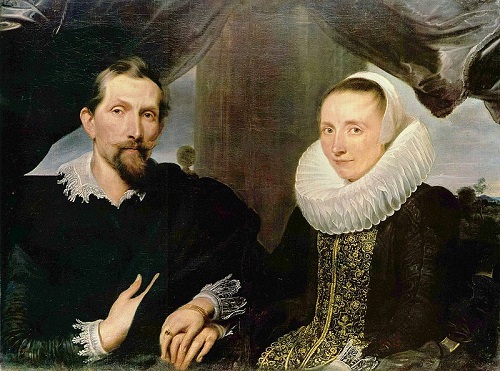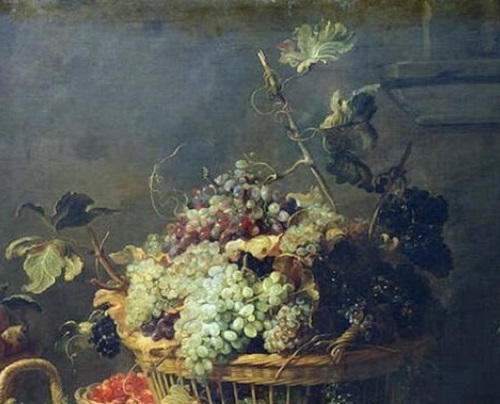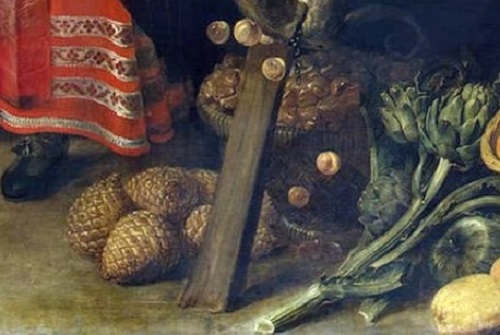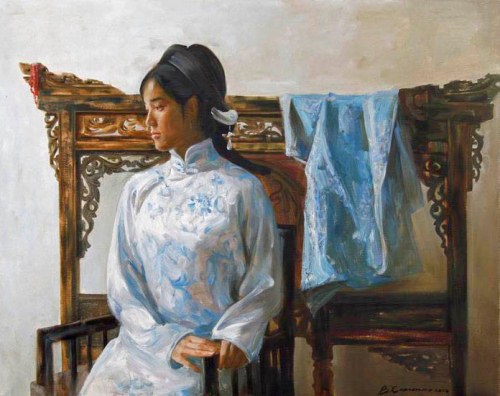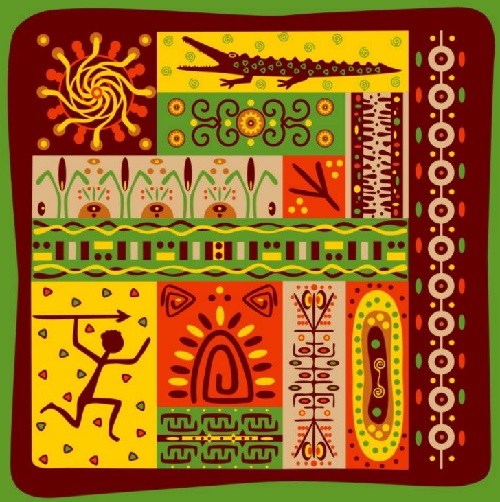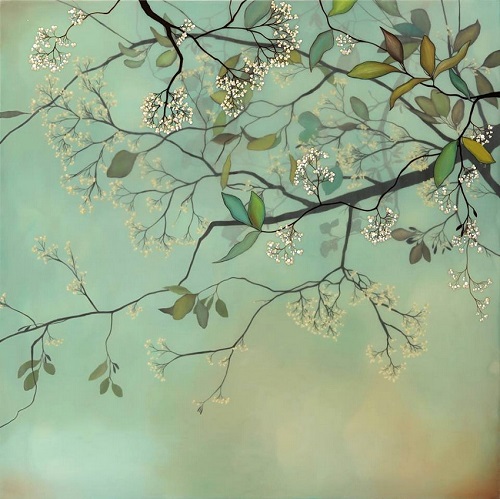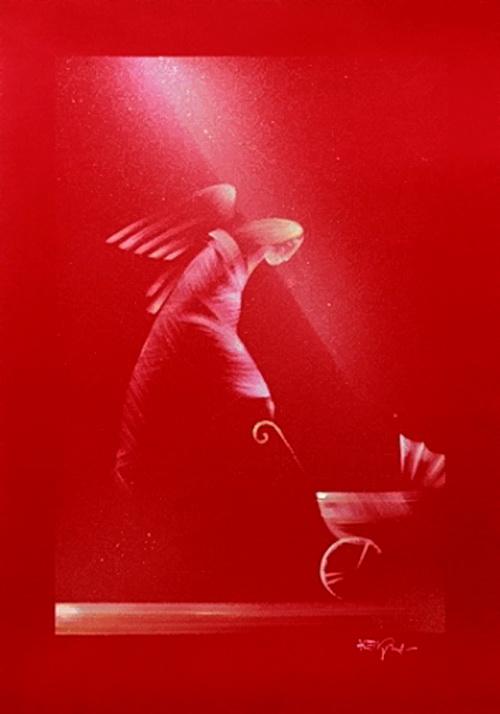Philosophical statement in painting
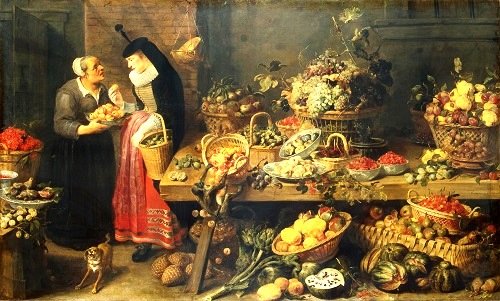
Fruit Shop. Between 1618 – 1621. Flemish painter Frans Snyders (11 November 1579 – 19 August 1657). State Hermitage Museum, Russia
At the end of the Renaissance in northern Europe decorative still life genre has turned into a philosophical statement in painting. XVI-XVIII century – the golden time in the history of European still life. In those years, there were two main schools of art, specializing in the image of flowers, fruits and objects – Flemish and Dutch. Despite the fact that Flanders (Belgium) and the Netherlands (Dutch) were the neighboring states and their artists had different meanings in the “nature morte” (the so-called still life in Flanders), or “quiet life” (as referred in the Netherlands).
The main objective of the Dutch masters – to express the idea of ”vanity of vanities,” impermanence of all things, the proximity of death. These themes worried Protestant theologians most of all. Therefore, in still lifes by Dutch artists we often meet skull, extinguished candle, a stopped clock. All this is framed by poppies – a symbol of eternal sleep, daffodils – symbols of the transience of life, violets – symbols of the fragility of beauty, etc.
In Flanders, it was the opposite. Unlike the Protestant Netherlands, Belgium experienced Catholic revival, and task worthy artists represented approval, the glorification of God’s creation. As the German mystic Paracelsus said: “In short, plants and rocks – all God.” Therefore Flemish still life – a celebration of life, a celebration of perfect nature. Virtuoso of this genre is considered Frans Snyders (11 November 1579 – 19 August 1657), a colleague and friend of Rubens.
In 1618 – 1621 Frans Snyders painted four paintings under the title “Shop”: “Fish Shop”, “Game Shop” (the poultry), “Vegetables Shop” and “Fruit Shop”, which are now kept in the Hermitage, Russia. According to the employee of the museum Olga Prokhorova, professor of art, it is an encyclopedia of Flemish still-life with its main allegorical themes – “Seasons”, “The Five Senses” (taste, hearing, smell, touch, sight) and “The Four Elements” (air, water, fire , earth).

Fruit Shop (detail). Between 1618 – 1621. Flemish painter Frans Snyders (11 November 1579 – 19 August 1657). State Hermitage Museum
Most rich in symbols – “Fruit Shop”. Shopkeeper and woman. According to art critic Olga Prokhorova, their figures represent the peaceful life (in other pictures this role is given to a plowing farmer and wharf).
(1) Hand with apricot Symbolizes touch. Apricot is a symbol of self-sufficiency (it’s self-pollinating tree).
(2) Scales, like any forged item, symbolizes fire (while the fish symbolizes water, broken bird – air and roots – the land).”
(3) The fig is the symbol of generosity (gives a bountiful harvest).
(4) Barking Dog – symbol of hearing (ear perceives barking). – On the other paintings of Snyder we meet other characters taste (meat, fish) and smell (dog sniffs fowl). ”
(5) Monkey symbolizes taste.
(6) pine cones (stone pine). Symbol of hope for happiness in eternity (stone pine – evergreen tree).
(7) Asparagus. Symbol of peace (in the Middle Ages it was used as a sedative).
(8) Squirrel. Symbol of hard work it took to grow this abundance.
(9) Artichoke. Symbol of earthly love (it was believed that it helps to get pregnant).
Fruit – symbol of summer (herbs – symbols of spring, fowl – fall, and fish – winter, and they are shown in the other three paintings in the ‘Shop’ series by Snyders).
(10) Lemon. A symbol of loyalty and love (fruiting throughout the year).
(11) Pomegranate. Symbol of the universal church (as it combines as many people as grains of pomegranate fruit).
(12) Orange. Symbol of purity and innocence (its white flowers often decorate the Virgin).
(13) Blackberry. Symbol of purity of the Virgin Mary. “It is believed – that the Burning Bush, which showed to Moses serving as a prototype of motherhood and virginity of the Virgin, was the blackberry. Therefore about the Virgin was said: “She gave birth to the flames of divine love, not burned with lust.”
(14) Raspberry. Symbol of kindness (Saint Martin fed beggars with raspberry).
(15) Apple. A symbol of salvation and redemption (as such it is often portrayed in the Middle Ages in the hands of the baby Jesus).
(16) Grapes. Symbol of Christ (“I am the true vine, and My Father – grower,” Jn. 15:1).
(17) Cherry. Symbol of the blood of Jesus.
(18) Plum. Considered a symbol of fidelity, but took more values depending on the color. Plum purple indicates the sufferings of Christ, yellow – the purity of Jesus, the red represents the symbol of his mercy, white speaks of his humility.
(19) Cherry. Paradise symbol of grace.
(20) Pumpkin. Symbol of resurrection and salvation (according to the Bible, pumpkin grown by God to the prophet Jonah to give shade).
(21) Pear. Sweets symbol of virtue.
(22) Peach. Symbol of the Trinity (it consists of three parts: fruit, bone and bone core).

